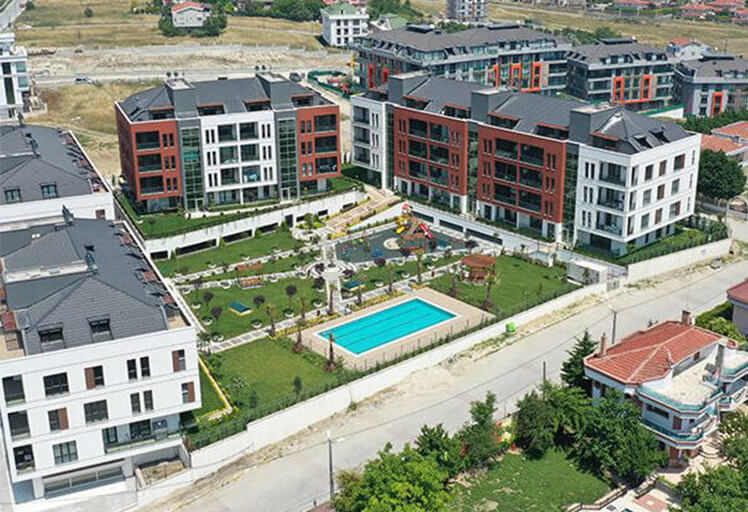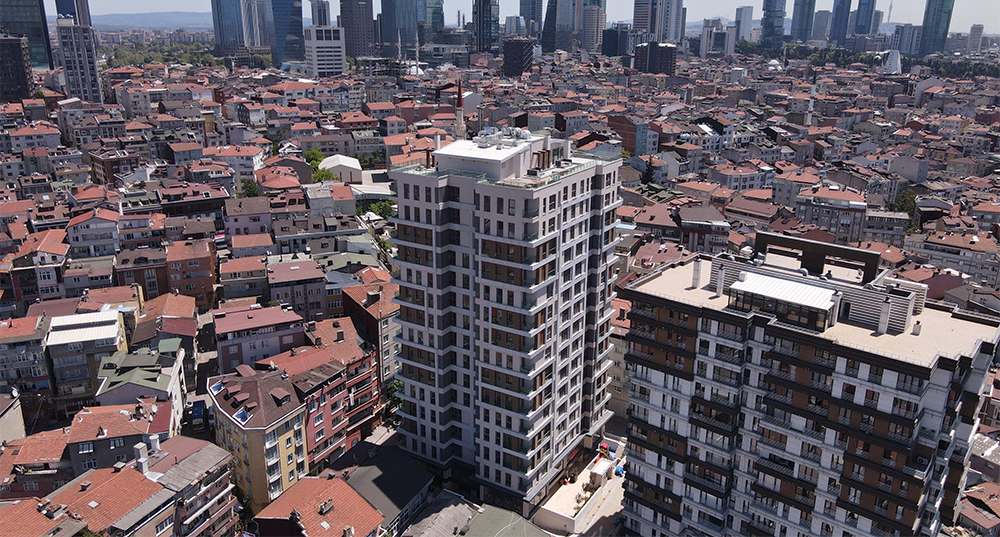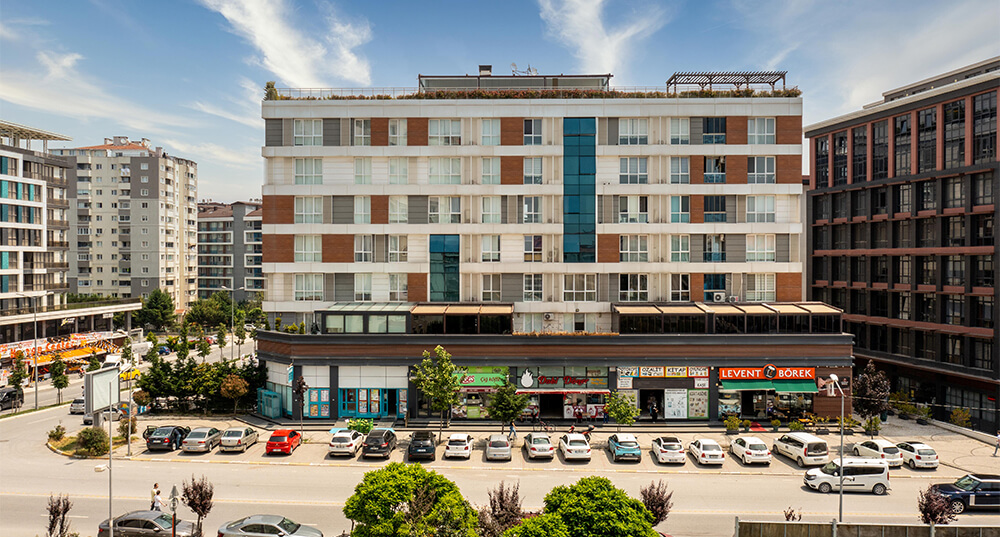
What is Urban Transformation and What are its Benefits?
Because today’s cities are growing and changing rapidly, many buildings can no longer meet economic, social, and safety needs. In earthquake-prone regions in particular, renewing the building stock has become a necessity. This is where “urban transformation” comes into play—a multi-faceted and strategic process that goes far beyond simply demolishing and rebuilding structures. So, what is urban transformation, and what benefits does it offer? Let’s explore the details.
What Is Urban Transformation?
Urban transformation is the process of renewing buildings that are at risk from natural disasters or that have reached the end of their physical lifespan. This transformation is not limited to physical structures; it also covers landscaping, social facilities, transportation networks, and infrastructure systems, representing a comprehensive city planning approach. Law No. 6306 on “Transformation of Areas Under Disaster Risk” established the legal framework for this process and came into effect in 2012.
Benefits of Urban Transformation
1. Ensures Earthquake Safety
A large portion of Turkey lies on active fault lines. Most older buildings do not comply with modern earthquake codes. Through urban transformation, these structures are demolished and replaced with earthquake-resistant buildings that meet current regulations—reducing the risk of loss of life and property.
2. Renews City Aesthetics and Infrastructure
Neighborhoods shaped by unplanned construction can be transformed into modern, orderly, and aesthetically pleasing areas. Additionally, outdated infrastructure systems (sewage, electricity, water, natural gas, etc.) are renewed to improve living comfort.
3. Promotes Energy Efficiency and Eco-Friendly Buildings
New buildings are equipped with thermal insulation, energy-saving systems, and eco-friendly technologies. This not only reduces household energy bills but also supports environmental sustainability.
4. Increases Property Value
Both residential and land values rise in renewed areas. For homeowners, this means significant economic gains, as rental income often increases as well.
5. Improves Quality of Social Life
New projects often include green spaces, playgrounds, walking paths, and sports facilities—enhancing overall quality of life. Urban transformation improves not just buildings but also neighborhood culture.
6. Encourages Healthier, More Planned Urban Development
By preventing unplanned construction, urban transformation enables cities to grow in a more organized and sustainable way. This makes services like transportation, education, and healthcare more accessible.
Key Considerations During the Transformation Process
For urban transformation projects to succeed, certain critical factors must be observed:
- Transparent and lawful processes
- Informing property owners and obtaining their consent
- Designing projects with architectural and social harmony
- Providing adequate social infrastructure
- Maintaining high construction quality and inspection standards
A Step Toward the Cities of the Future
Urban transformation is not just about replacing risky buildings—it is the key to building safer, more livable, more eco-friendly, and well-planned cities. When implemented correctly, it becomes a powerful tool that benefits all segments of society in the long term.
If you are looking to own a home through urban transformation or to receive reliable guidance during the process, BOSS4 İnşaat is ready to provide you with the most suitable solutions.




